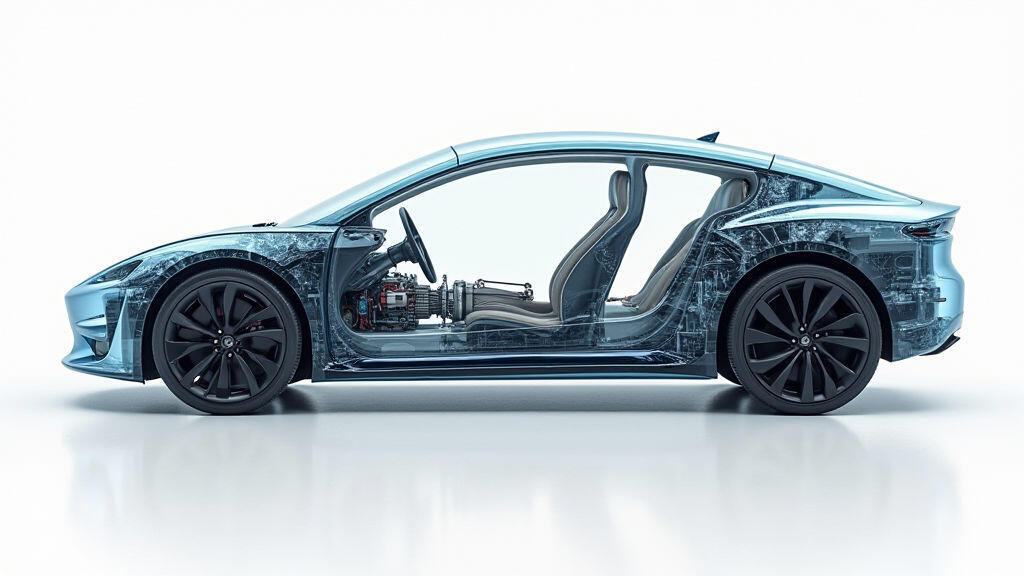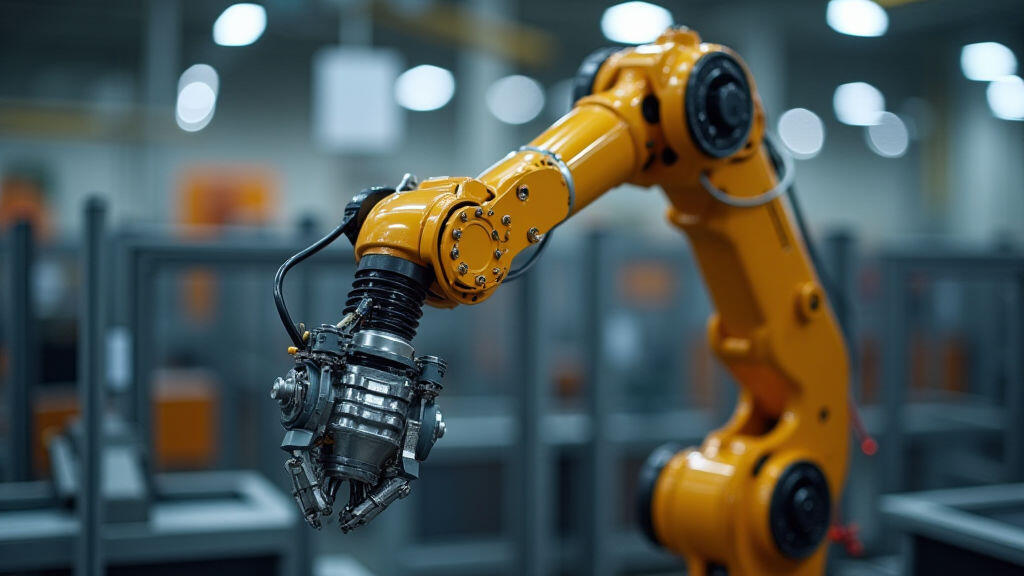Anjing Road, Xiaolan, Zhongshan, Guangdong, China
info@mes-drive.com
08.00 AM-09.00 PM

The world’s attention is once again turning to the road—this time, electric roads. In the last six months, the International Energy Agency released a landmark report declaring that electric vehicle (EV) sales will reach an unprecedented 15 million units by 2030, driven by aggressive carbon‑reduction targets in Europe, China, and the United States. Social‑media chatter about new EV models—from sleek plug‑in hybrids to mass‑produced battery‑only cars—has filled feeds, while major auto manufacturers have announced broad electrification plans. Amid the chatter, a quieter but pivotal component is quietly helping the industry keep pace with this green revolution: the gear motor, or reducer motor.

What the Trend Means for Industry 4.0
The EV boom has sparked a reassessment of how power is transmitted from an electric motor to a vehicle’s wheels. Unlike internal‑combustion engines that deliver torque across a broad range of speeds, permanent‑magnet electric motors spin at very high rpm but produce modest torque. To match the low‑speed, high‑torque riding conditions inside a car, manufacturers rely on gear reduction systems. Among these, gear motors—compact units that integrate an electric motor and a planetary gear train—have become attractive for several reasons.
First, they dramatically reduce the size and weight of the drivetrain. In a typical vehicle, a separate motor, reduction gearbox, and multiple mounting points can add over 30 kg. By consolidating these parts, gear motors bring down the overall vehicle weight, improving range and efficiency—critical metrics for EV manufacturers.
Second, integrated gear motors simplify the vehicle’s architecture, cutting both manufacturing time and costs. Automation in production lines can now insert a single unit into a chassis rather than assembling separate components, hastening the deployment of new EV models.
Third, the reliability of gear motors, bolstered by advanced materials and precision manufacturing, addresses the sustainability pledge: fewer replacements and less waste over the vehicle’s life cycle.
Market Demand Surges Across Sectors
While the automotive sector is the hottest trending consumer, the demand for gear motors spawns a ripple effect across the semiconductor, sensor, and renewable‑energy arenas. The IEEE’s recent analysis points to a 12 % annual rise in the industrial electronics market, driven largely by autonomous machinery and renewable generators. An integrated gear motor can seamlessly link a high‑speed exciter motor in solar inverters or wind turbines to the lower speed output required for grid feed‑in, enabling more efficient conversion processes.
Similarly, data on manufacturing automation show that factories embracing Industry 4.0 have doubled their investment in robotic arms and CNC machines. These machines rely on gear motors for precise step‑per‑second positioning, higher torque, and quieter operation—all attributes that align with the ‘green’ manufacturing narrative.
Technological Horizons: Soft‑X and High‑Power Gear Motors
In the spotlight of innovation are two emerging gear motor technologies.
These advancements contribute to the momentum behind the latest EU regulations, which now treat gear motors as ‘critical components’ under the ‘Fit‑for‑Future’ policy, ensuring secured domestic supply chains for high‑tech parts.

Implications for Consumers and the Environment
From a consumer perspective, gear motors mean longer battery ranges and smoother acceleration. The reduction in mechanical complexity translates to fewer moving parts that wear out, lowering maintenance costs for car owners. Moreover, a lighter drivetrain reduces the energy required for propulsion, indirectly lowering CO₂ emissions over the vehicle’s lifetime.
Environmentally, the consolidation afforded by gear motors ensures that production processes generate fewer waste streams. Companies that adopt these efficient motors in solar and wind farms can reduce material usage while maintaining power output—a vital synergy in an energy‑transition era.
Future Outlook: Gear Motors as Backbone of Electrification
The current surge in EV sales, coupled with robust investment in renewable infrastructure, positions gear motors to become the backbone of next‑generation electrical systems. Whether in automotive, industrial automation, or offshore wind farms, the ability to reduce high‑speed electrical input into effective mechanical torque is indispensable.
Manufacturers and suppliers stand to benefit from early adoption: by developing modular warehousing designs that can insert a gear motor directly into a chassis or turbine housing, they can shorten the product development cycle from concept to market. This agility is crucial when government incentives, tax credits, and public scrutiny fluctuate on a quarterly basis.
In sum, the trending narrative of a world powering itself through electrified mobility and sustainable energy systems justifies a closer look at the unsung hero that makes it all possible—a gear motor. By marrying precise torque conversion with compact design and reliability, gear motors are not merely accessories in the electric vehicle kit; they are the quiet drivers behind the clean‑energy surge that society is already witnessing.
As governments, enterprises, and consumers push the boundaries of what electric systems can achieve, gear motors will continue to evolve, matching the pace of innovation. They will play an even greater role in integrating renewable power into everyday life, ensuring that the shift to sustainability is not just an aspirational goal but a functional, scalable reality.
Leave A Reply
Your email address will not be published. Required fiels are marked